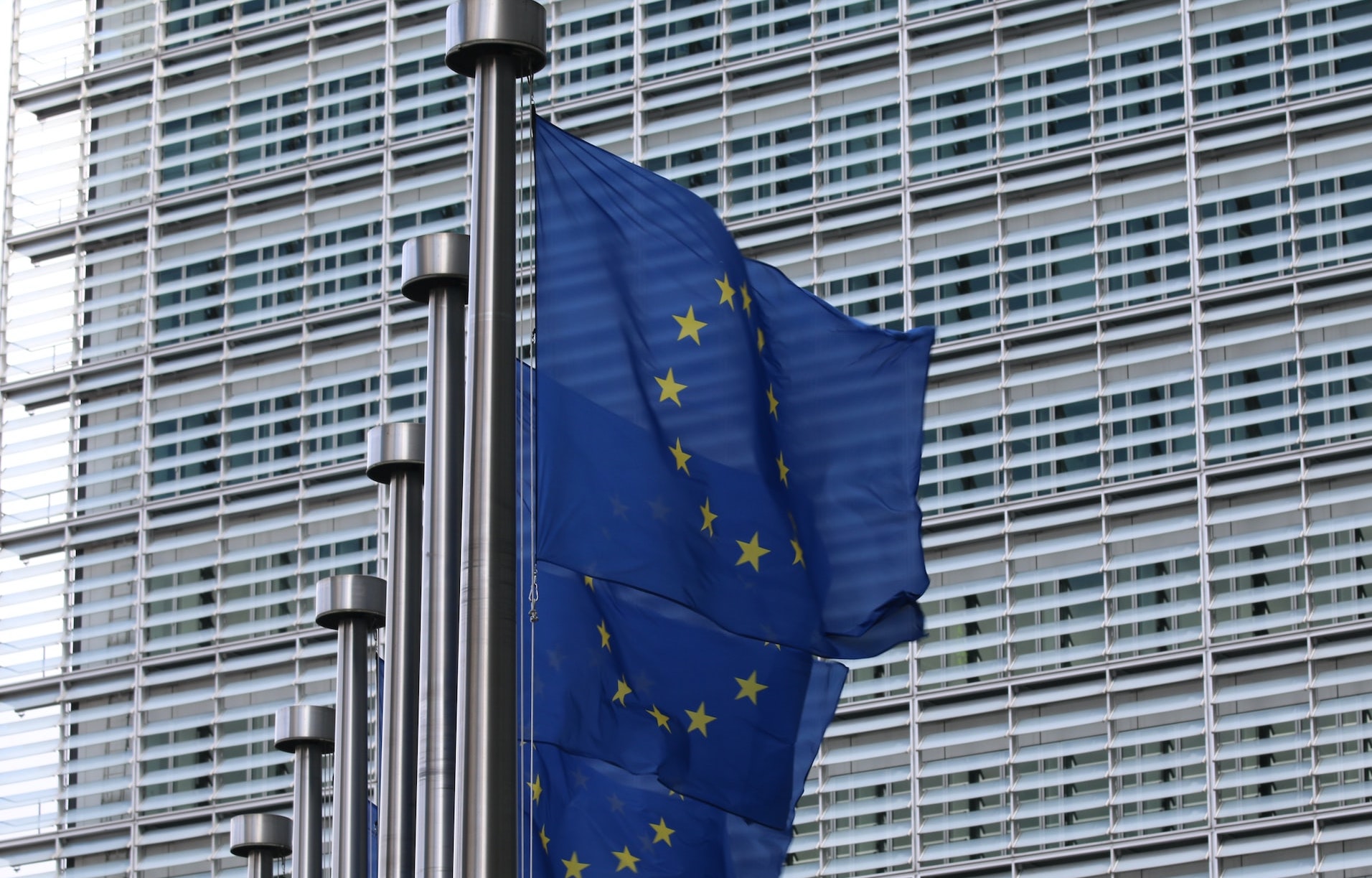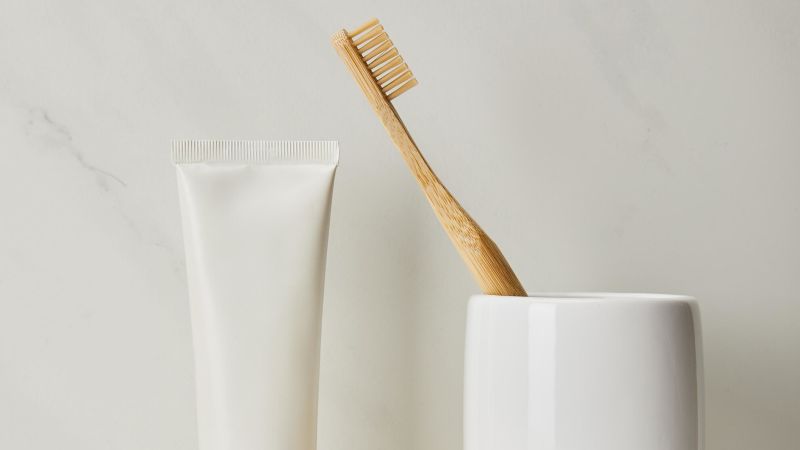What are Fullerenes?
Fullerenes were first discovered in 1985 by researchers at Rice University in Houston (Texas, U.S.) and have been named after their structural resemblance to a geodesic sphere (specifically the Montréal Biosphère, designed by the architect Buckminster Fuller).
Chemically, fullerenes are a class of carbon molecules characterized by an icosohedron structure. They are molecules of carbon, containing at least 60 atoms, that can take on different shapes (tubes, spheres, ellipsoid, etc.). Hydroxylated fullerenes is the product obtained by the hydroxylation of fullerenes. Fullerenes have a wide range of different biological activities and have been subject of intensive research in several fields (particularly Fullerene C(60), also called buckminsterfullerene).
In cosmetics and personal care products, Fullerenes (CAS No. 99685-96-8) and Hydroxylated Fullerenes are used as antimicrobial and skin conditioning agents. Antioxidant properties are also attributed to these ingredients in open literature. Studies have shown that fullerenes have the capacity to inhibit the formation of reactive oxygen species (ROS) and that these ingredients can be helpful in the treatment of acne (acne vulgaris).
What’s new?
On 24 April 2023, the SCCS published the preliminary opinion on Fullerenes, Hydroxylated Fullerenes, and hydrated forms of Hydroxylated Fullerenes (nano) (CAS No. 99685-96-8, 11538-22-7, 182024-48 42-6). The deadline for comments was set for 12 June 2023.
Having assessed the information provided as well as available from published literature, the SCCS has not been able to conclude on the safety of fullerenes and (hydrated) hydroxylated forms of fullerenes due to a number of uncertainties and data gaps in regard to physicochemical, toxicokinetic and toxicological aspects, that must now be addressed by the notifiers to enable a conclusion on the safety of the materials for use in cosmetic products.
In brief, the SCCS has concerns regarding:
- Potential ability of fullerenes and derivatives to induce the production of free oxyradicals when used in cosmetic products
- Potential presence of impurities and/or contaminants in the notified nanomaterials
- Phototoxicity and sensitizing potential of hydroxylated fullerenes
- Dermal absorption and systemic availability of the nanoparticles after use in cosmetic products
- Distribution of systemically available fullerenes to various organs in the body and potential accumulation of the nanoparticles in lungs and liver
In conclusion, the available information does not allow the SCCS to conclude about the safety of Fullerenes, Hydroxylated Fullerenes, and hydrated forms of Hydroxylated Fullerenes in nano form.
References:
- Scientific Committee on Consumer Safety (SCCS) – Preliminary Opinion on Fullerenes, Hydroxylated Fullerenes and hydrated forms of Hydroxylated Fullerenes (nano), SCCS/1649/23
- Mousavi SZ, Nafisi S, Maibach HI. Fullerene nanoparticle in dermatological and cosmetic applications. Nanomedicine. 2017 Apr;13(3):1071-1087








